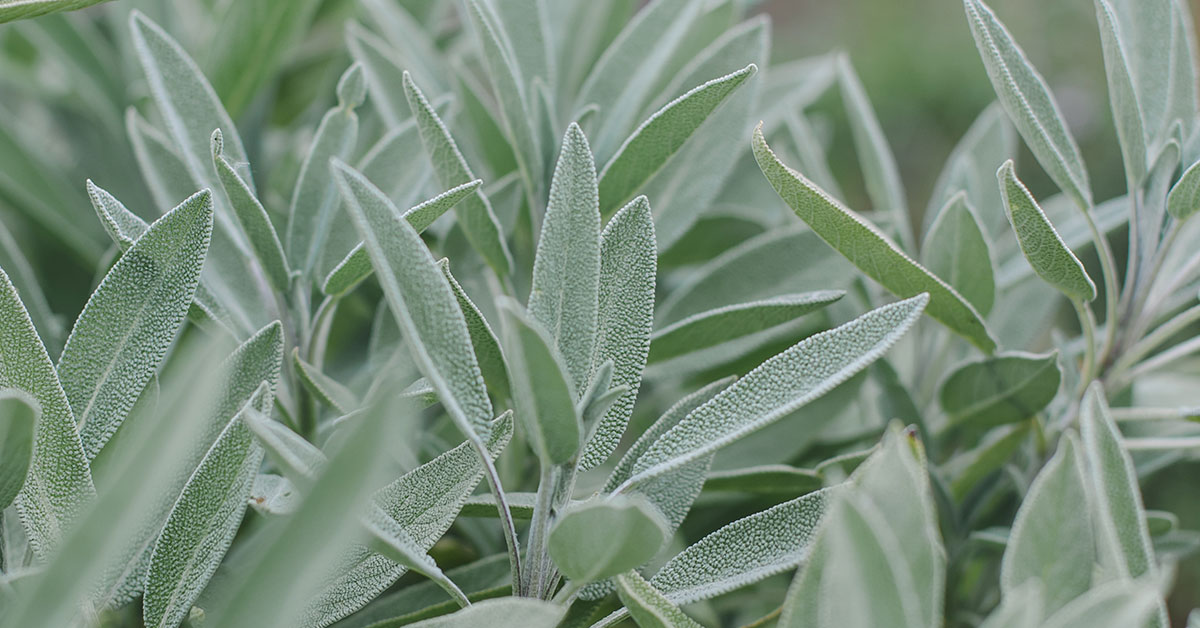Zone 4 is known for its cold winters and relatively short growing seasons, which can pose challenges for gardeners seeking to cultivate perennial herbs. However, with proper care and plant selection, it is entirely possible to grow perennial herbs in zone 4.
By choosing cold-hardy perennial herbs that can withstand the low temperatures of zone 4, gardeners can enjoy a consistent supply of fresh, aromatic, and flavorful herbs year after year. In this article, we’ll explore the best practices for growing perennial herbs in zone 4, ensuring a bountiful and beautiful garden that enhances your culinary and medicinal repertoire.
Grow these 12 perennial herbs in zone 4
Zone 4 experiences cold winters with minimum temperatures ranging from -20 to -30 degrees Fahrenheit (-29 to -34 degrees Celsius). Despite the challenges of the cold climate, there are several cold-hardy perennial herbs that can grow in zone 4:
- Chives (Allium schoenoprasum): These cold-hardy herbs can withstand low temperatures and are suitable for growing in zone 4.
- Garlic chives (Allium tuberosum): Similar to common chives, garlic chives are also well-suited for colder climates.
- Lovage (Levisticum officinale): Lovage can tolerate cold temperatures and may survive in zone 4 with proper care.
- Mint (Mentha spp.): Most mint species are cold-hardy and can be grown in zone 4, including spearmint (Mentha spicata) and peppermint (Mentha x piperita).
- Oregano (Origanum vulgare): Cold-hardy varieties of oregano can tolerate low temperatures and grow in zone 4.
- Sage (Salvia officinalis): Many varieties of sage, such as ‘Berggarten’ and ‘Purpurea,’ are cold-hardy and can survive in zone 4 with proper care and protection.
- Sorrel (Rumex acetosa): Sorrel is a cold-hardy perennial herb that can grow in zone 4.
- Tarragon (Artemisia dracunculus): French tarragon can be grown as a perennial in zone 4 with winter protection, while Russian tarragon (Artemisia dracunculoides) is more cold-hardy and easier to grow.
- Thyme (Thymus spp.): Many species and cultivars of thyme can tolerate cold conditions and grow in zone 4, such as common thyme (Thymus vulgaris), lemon thyme (Thymus x citriodorus), and creeping thyme (Thymus serpyllum).
- Yarrow (Achillea millefolium): Yarrow is a hardy perennial herb that can withstand the cold temperatures of zone 4.
- Lemon balm (Melissa officinalis): This aromatic herb is cold-hardy and can grow well in zone 4.
- Catnip (Nepeta cataria): Catnip is a perennial herb that can tolerate the cold temperatures of zone 4.
It’s essential to consider microclimates, soil conditions, and proper care when growing these plants in zone 4. Providing additional protection, such as using cold frames, mulching, or windbreaks, can help ensure their survival in this cold environment.
Tips for growing perennials in zone 4
Growing perennial herbs in zone 4 can be a bit challenging due to the cold winters and short growing season, but with the right techniques, you can still have a thriving herb garden. Here are some tips for growing perennial herbs in zone 4:
- Choose cold-hardy herbs: Choose herbs that are known to be cold-hardy, such as thyme, sage, chives, and oregano. These herbs can survive the winter months and come back year after year.
- Plant in the right location: Choose a sunny location for your herb garden that is sheltered from the wind. Herbs need at least 6 hours of sunlight each day to thrive. Planting in raised beds or containers can also help to extend the growing season by warming the soil and providing better drainage.
- Improve soil quality: Zone 4 often has heavy clay soil, which can be a challenge for herb gardening. Improve the soil quality by adding compost, aged manure, or other organic matter to the soil. This will improve drainage, add nutrients, and encourage healthy root growth.
- Water regularly: Herbs need regular watering to thrive, especially during hot and dry periods. Water deeply, but less frequently, to encourage deep root growth. Avoid overhead watering, which can promote fungal growth.
- Mulch: Mulch around the base of your herbs to help retain moisture, suppress weeds, and regulate soil temperature. Use organic mulch such as straw, leaves, or grass clippings.
- Harvest regularly: Regular harvesting will promote bushier growth and healthier plants. Harvest herbs in the morning when the essential oils are most concentrated. Don’t harvest more than one-third of the plant at a time.
By following these tips, you can successfully grow a variety of perennial herbs in zone 4, even with its challenging climate. With a little bit of care and attention, you can enjoy fresh herbs from your garden throughout the growing season and beyond.













